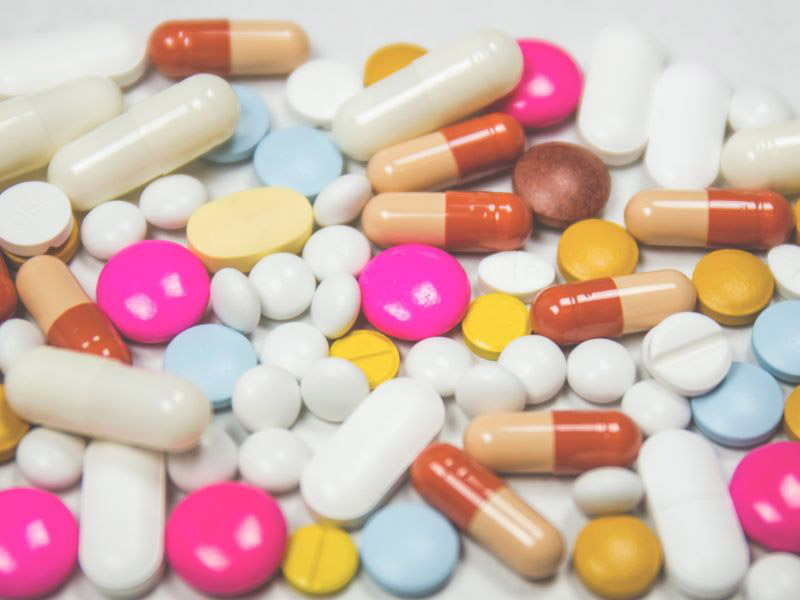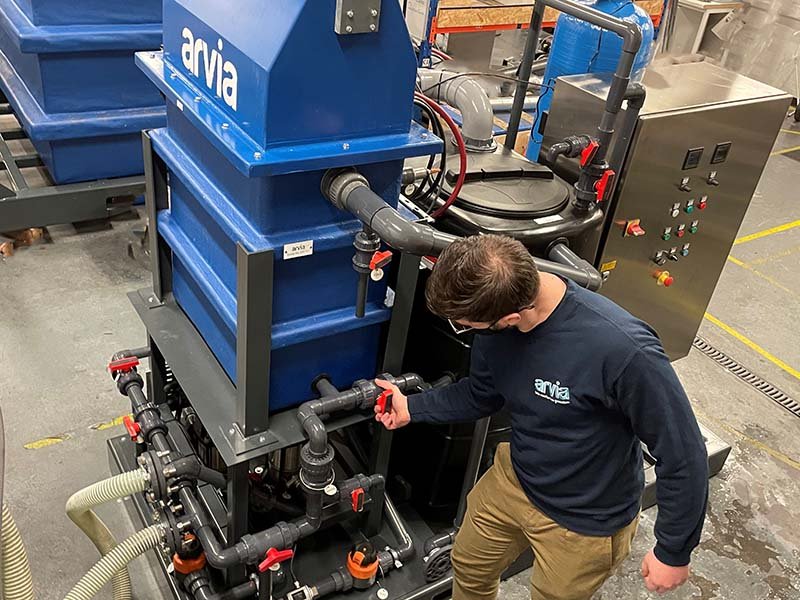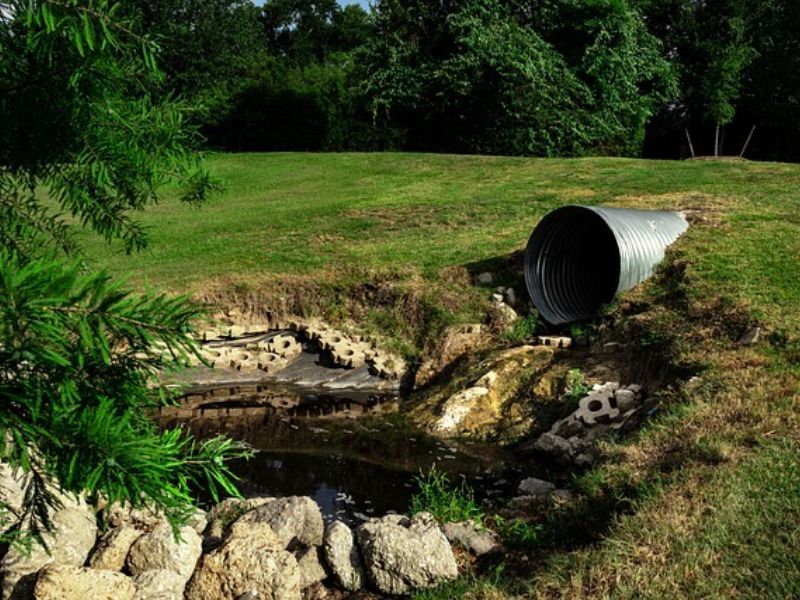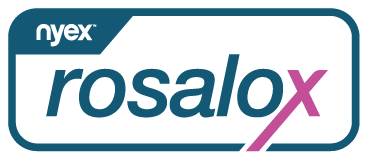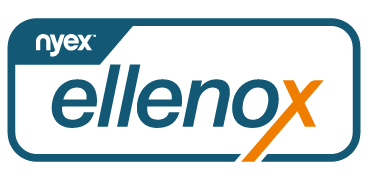Lidocaine Removal From Wastewater
Lidocaine, a widely used local anaesthetic, has become a concerning pollutant due to its presence in water sources.
The need to remove lidocaine from water arises from its potential environmental impact. Below, we delve into the applications of lidocaine, its occurrence in wastewater, and the potential detrimental impacts it can pose to the environment. We also explore the efficacy of various wastewater treatments as a solution, including the innovative Nyex Rosalox™ system developed by us.

